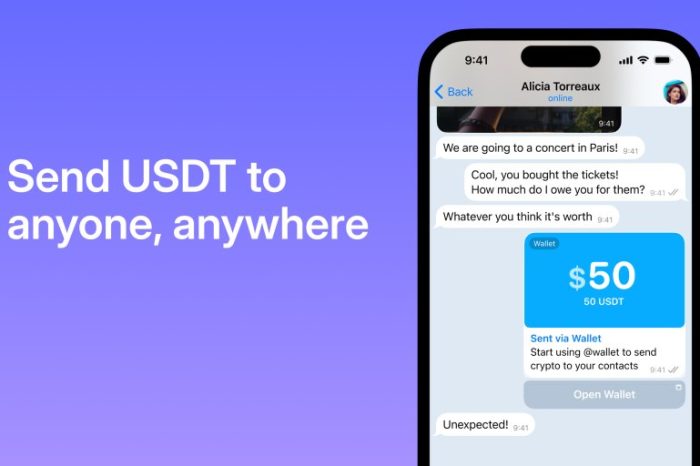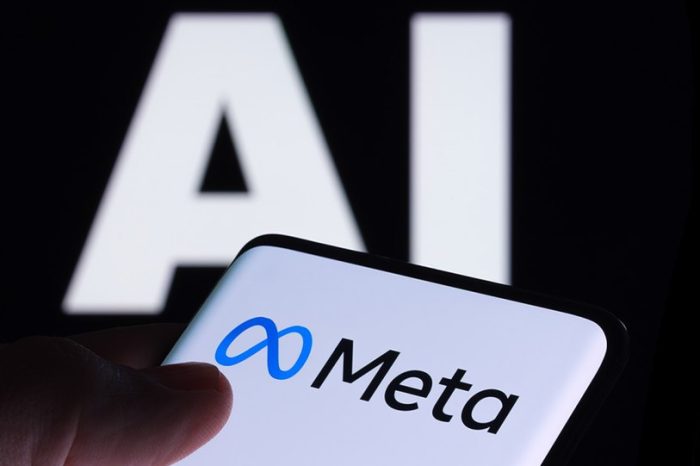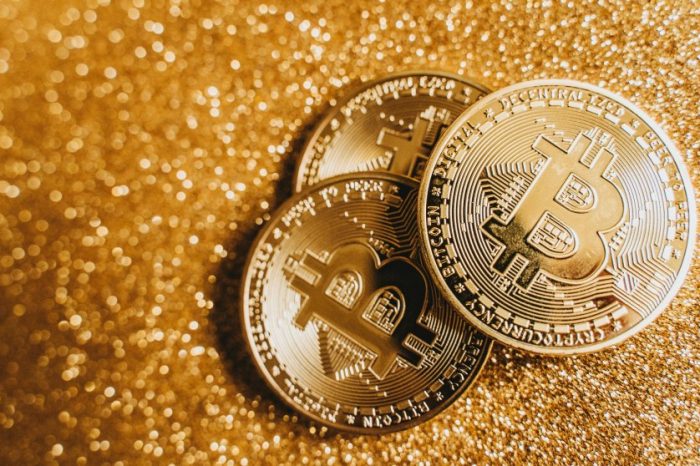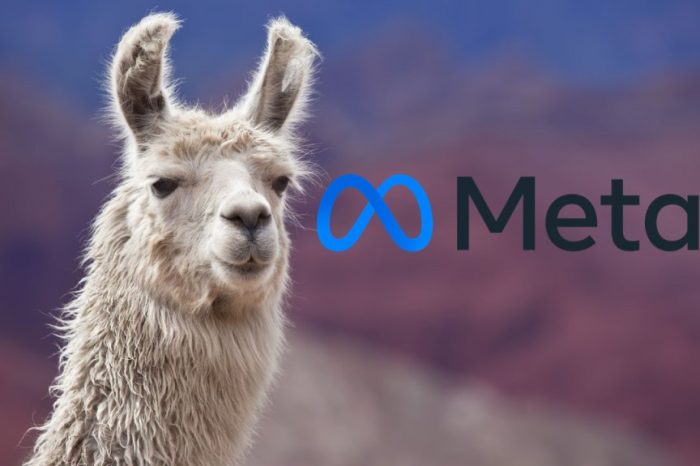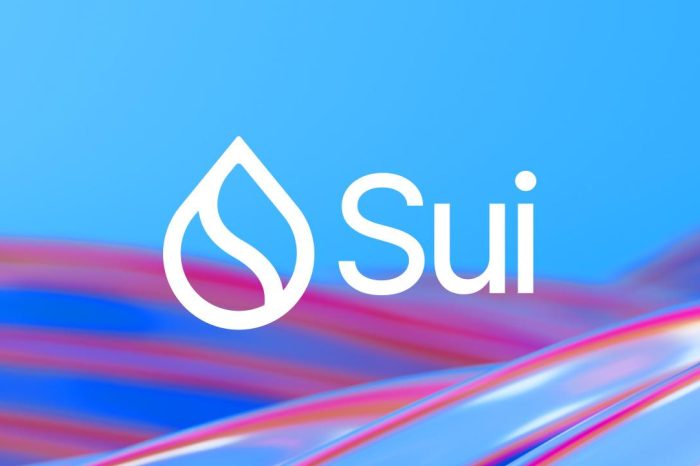- The IOTA Foundation and EU Blockchain explain how tokenization is taking over and will continue to grow with time.
- Blockchain-based tokenization unlocks a whole new level of transparency, security and trust among users
The IOTA Foundation has worked with several partners interested in building blockchain-based solutions at their end. It has also worked with the EU Blockchain Observatory and Forum (EUBOF) on several interesting projects in the past.
In the latest development, IOTA and EU Blockchain explore the benefits of tokenization along with Web3 builder Nakama Labs. The concept of blockchain-based tokenization of assets is getting quite popular across multiple industries such as real estate, financial services, and many more, as it seeks to bring greater transparency and security to one’s assets.
#IOTA & @Nakama_Labs talked about tokenization with @EUBlockchain.
Read this article to get an overview of the advantages and disadvantages of tokenization including a list of real-world examples👇@Marianadlrw @RobertDaykin @asadahlborn @LauraKajtazi1https://t.co/6ZZbyIlBun
— IOTA (@iota) March 22, 2023
Tokenization basically involves the process of transferring ownership and rights of particular assets in digital form. Furthermore, the tokenized assets can also refer to sensitive data such as healthcare, financial, and voting records. The ultimate goal of tokenizing assets is to safeguard confidential information by transferring it into a token.
However, to understand tokenization, one must have a fair bit of idea regarding the difference between security tokens and utility tokens. The security token provides the holder rights to traditional security such as a share. Such security tokens often come under the regulatory purview and resemble “an investment of money in a common enterprise with a reasonable expectation of profits to be derived from the efforts of others.”
The other kind of token is a utility token that provides users access to a prospective product or service. Such types of tokens are usually limited to a closed network linked to the issuer.
Advantages of Blockchain-based Tokenization
There are basically two types of tokens – fungible and non-fungible. Fungible tokens are something that can be replicated and broken into smaller assets. On the other hand, non-fungible tokens, popular today as NFTs, are indivisible and thus cannot be divided into fractionalized digital tokens. An interesting use case and examples of NFTs are real estate property or artworks.

The benefit of tokenization is that multiple people can own an asset via fractional ownership. For e.g. Bitcoin has its own digital fractions dubbed Satoshis that represent a certain percentage of the total token value. Thus, with fractional ownership, there could be multiple owners of the same asset. Fractional ownership lowers the barrier to investments while simultaneously increasing global access to investment opportunities. This leads to the democratization of investment and promotes financial inclusion.
Blockchain tokenization saves sensitive information as a combination of letters and numbers in tokens that pass through a cryptographic function. This process guarantees that each token is unique, but most importantly, it significantly reduces data security risks since the alphanumeric code stored in the token only serves as a reference to the sensitive data and does not reveal the original details or personal information; this is due to data and privacy rights that are materialized into regulation such as the European General Data Protection Regulation- GDPR.
Also, the combination of blockchain and tokenization also brings along several other benefits such as transparency, traceability, accuracy, and immutability.
As with tokenized assets registered on the blockchain, all transactions are visible in a transparent manner for anyone who interacts on the blockchain network. This establishes a greater level of trust among owners and allows them to easily trace the owner’s history of an asset. Blockchain also eliminates the possibility for sellers to manipulate the history of an asset thereby making it more attractive.
Challenges to Overcome
While tokenization is gaining traction and will continue to do so in the future, there are several challenges that one needs to overcome. As of now, the process of tokenizing real-world assets is a bit complex now and it requires a good amount of legal and technical expertise.
Furthermore, the regulatory and legal framework for tokenized assets is still under development with non-standardized regulations across various jurisdictions. This uncertainty around regulations often deters developers and investors. Also, blockchain technology faces threats of cybersecurity risks and is not completely immune to them. Thus, one needs to effectively manage the security of tokens and the underlying assets to avoid fraud, manipulation, and hacking.
Tokenomics
While doing the tokenization of assets, it is equally important to understand the tokenomics behind it. Tokenomics basically involves a set of rules “that aim to scale the value of its token but also can be used to incentivize specific behavior of agents that minimizes the risk of harmful crises such as the 2008 financial crisis”.
Additionally, it can positively impact society in several ways. This includes providing a good incentive-based rewards scheme.
Considering the real-world use cases, any asset can be tokenized – this includes both virtual assets and real-world assets and these tokenized assets can feature on a blockchain. Several market players have leveraged the benefits of tokenizing assets in the market. The research paper by IOTA, NakamaLabs, and EU Blockchain concludes:
The tokenization of traditional assets brings a new universe of possibilities for investment opportunities to enhance and accelerate financial inclusion. Tokenization can generate asset liquidity which increases market movement by creating accessible ways for selling and buying while also expanding the number of people that can participate in the market.

